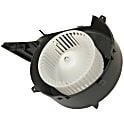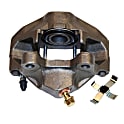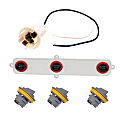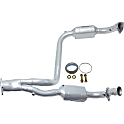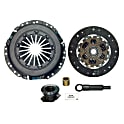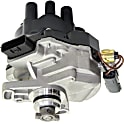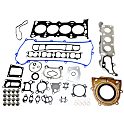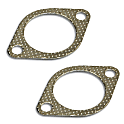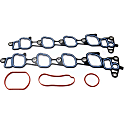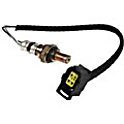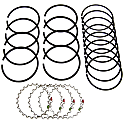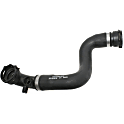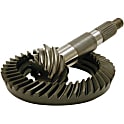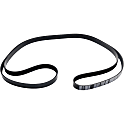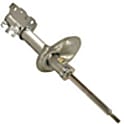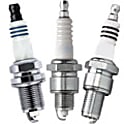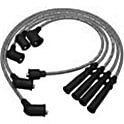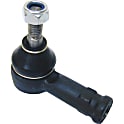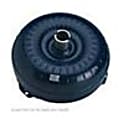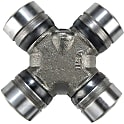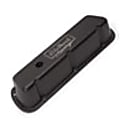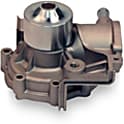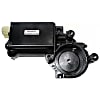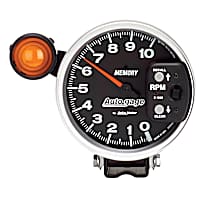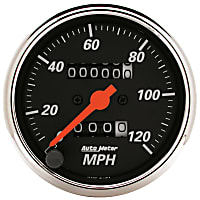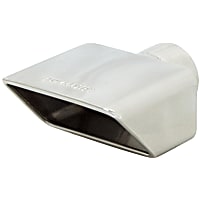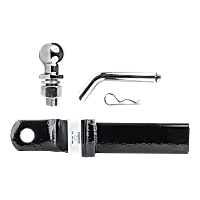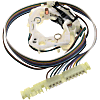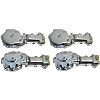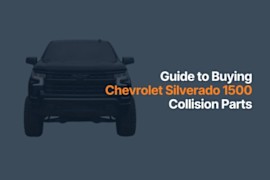{
"lazyNodes": false,
"abFitnotesFlag": false,
"abCrawlReviews": false,
"productOptionsCookie": false,
"orderDelayFlag": false,
"skipSessionCookie": false,
"covidMessage": false,
"fullTitleCookie": false,
"nrLoggerCookie": false,
"checkoutReviewCookie": false,
"productOptionSeqCookie": false,
"maintenanceFlag": false,
"bufferETACookie": false,
"multiShippingDiscountFlag": false,
"newFitmentFlag": false,
"surveyOptInFlag": false,
"crossSellFlag": false,
"skuMappingFlag": false,
"paySplitCookie": false,
"callDisableFlag": false,
"zipPaymentFlag": "u",
"hassleFreeReturn": false,
"lifetimeReplacement": false,
"cpn_off": false
}
Chevrolet G10 Parts & Accessories
Find the right parts fasterSelect Your Vehicle Part
Top Rated Products
Popular Products
Product Questions & Answers
Shopping for Chevrolet G10 Parts
A part of Chevrolet's G-Series vans, the G10 is a light-duty version that can comfortably transport a group of people. And if you own such, it's either you usually travel with your family or group of friends or your often carry with you some cargo during your travels. Because of your van's practicality, you should make it a point to maintain it to the highest standards. Doing so won't just make your van safer to ride, but it will also make you save money in the long run. Below are some tips that will help make your van always ready to hit the road:
- Always do pre-trip inspections.
Every time you take your van out for a spin, make it a point to conduct a pre-trip inspection. If you're not taking a long-distance trip, then just spend a few minutes before the trip checking if the tires aren't underinflated, if the wipers and lights are all working well, and if the brakes are functioning properly. If all's well, then you're good to go.
If you're scheduled for a long-distance trip, however, you should do a more thorough check at least a day before the trip. Check the tire pressure, the tread depth, and the wheel alignment. You also need to inspect the hoses and belts for fraying, cracks, and other signs of damage. Replace them, if necessary. Replenish the fluids, making sure their levels are enough for the long haul. Besides the lights and the wipers, the brakes should also be in excellent condition. Check the battery as well; make sure all the connections are clean and corrosion-free.
- Stick to the manufacturer-recommended maintenance schedule.
Your owner's manual is a gem as it contains almost all the information you need about your ride and all the components making it up. It also tells when and how often you should do maintenance procedures on every vehicle system. It is wise if you adhere to your manual's recommendations. Those recommendations, however, are based on normal operating conditions. If in any case you subject your ride to tasks other than the ones it is designed for or you drive in an area with harsh driving conditions, it would be wise to do some maintenance services earlier than scheduled.
- Break your bad driving habits.
You may not know it, but some of the driving practices you have gotten used to doing are actually bad for some of your van's major components. Keeping your foot on the brake pedal, sudden acceleration then braking hard, and using your brakes when driving downhill are among the habits that can easily cut down the service life of your brakes. Accelerating too slowly and too briskly should also be avoided; just make sure to get to cruising speed as soon as you can without accelerating too rapidly.
While your van has ample space, make it a point not to overload it. Overloading your Chevy G10 means making most of its components work harder, thus putting excessive stress on them. The suspension system is among those that suffer from too much stress every time you overload your ride.



